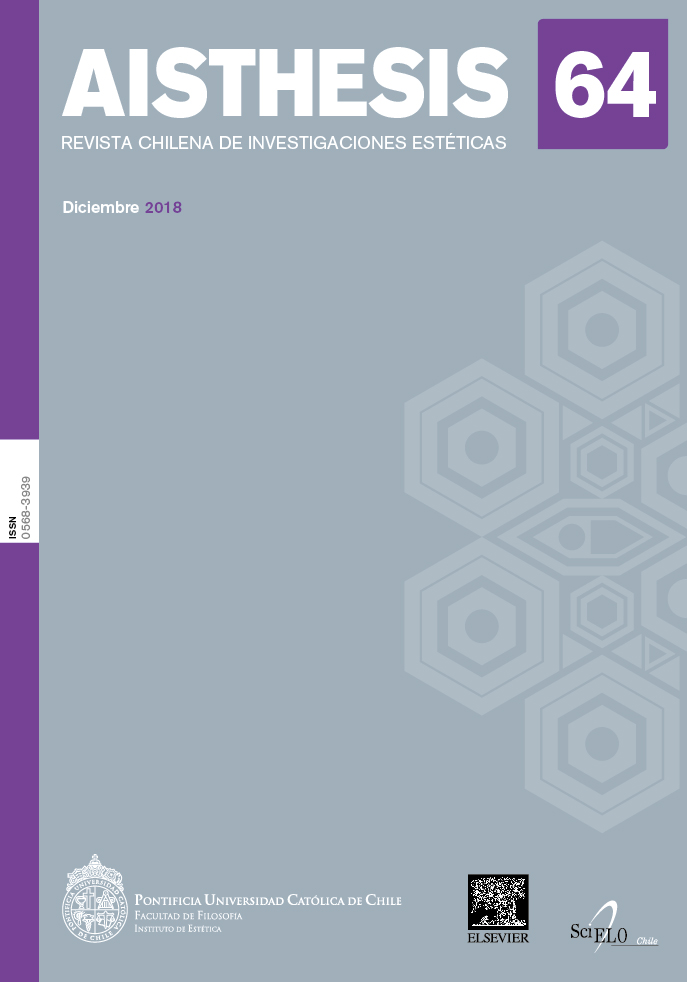Samuel Beckett: writing (at) the end
Main Article Content
Abstract
The end is a motif that crosses practically all of Samuel Beckett’s work. In this article I propose, with particular attention to his novel How It Is, that the exhaustion of meaning in Beckett’s writing does not properly constitute a thesis or a position about the “human condition” (does not serve as an illustration of existentialist philosophical perspectives), but is an exploration on the limits of language, paradoxically inexhaustible.
Downloads
Article Details

This work is licensed under a Creative Commons Attribution-NonCommercial-ShareAlike 4.0 International License.
All contents of this electronic edition are distributed under the Creative Commons license of "Attribución-shareAlike 4.0 Internacional" (CC-BY-SA). Any total or partial reproduction of the material must mention its origin.
The rights of academic works published in this publication belong to their authors., who grant to AISTHESIS: Revista Chilena de Investigaciones Estéticas the license for its use. The management of the permits and the authorization of the publication of the images (or of any material) that contains copyright and its consequent rights of reproduction in this publication is the sole responsibility of the authors of the articles
